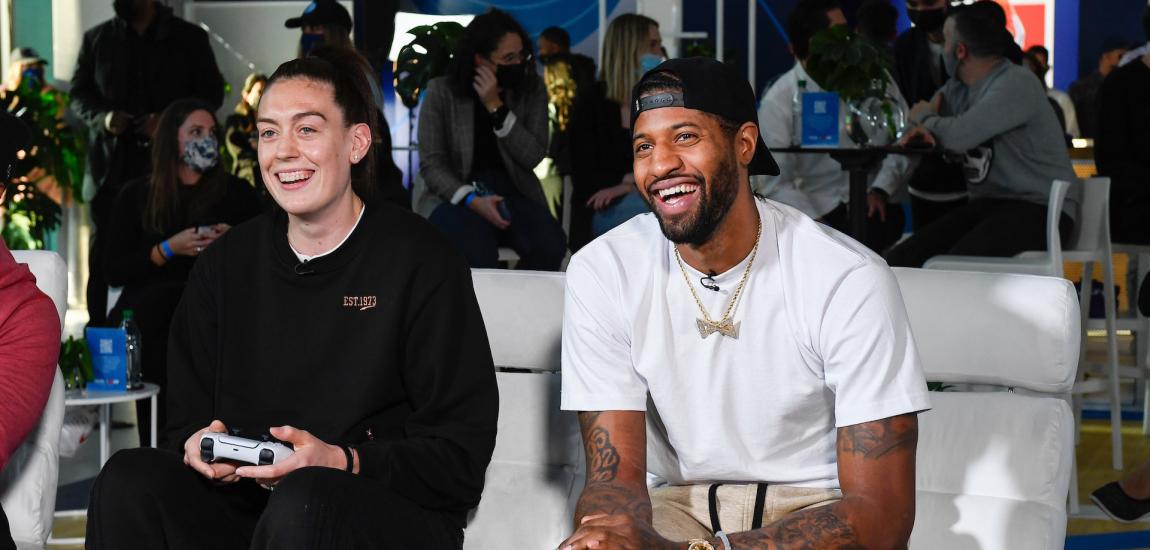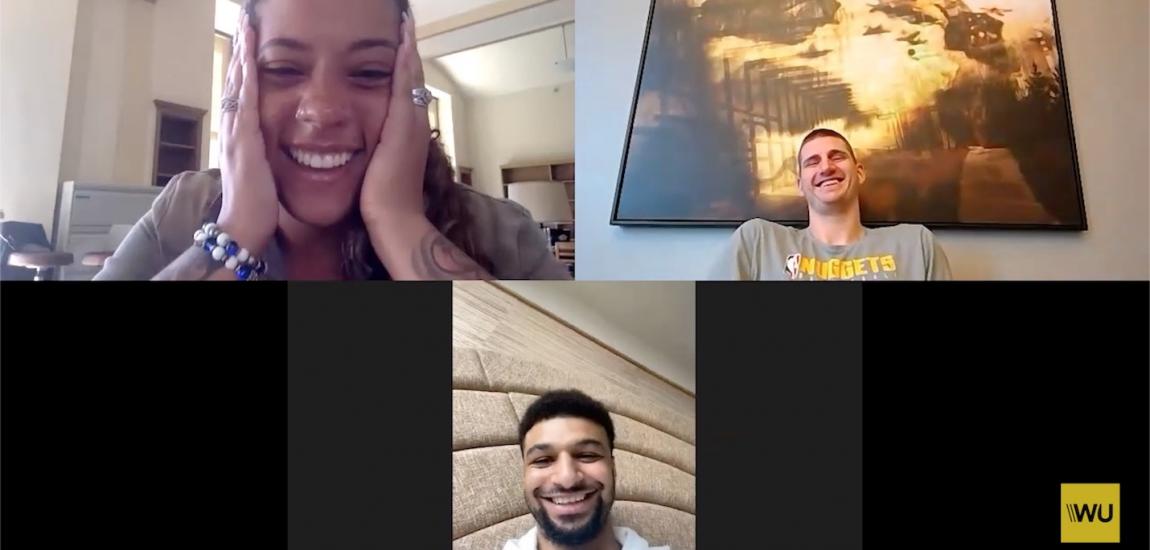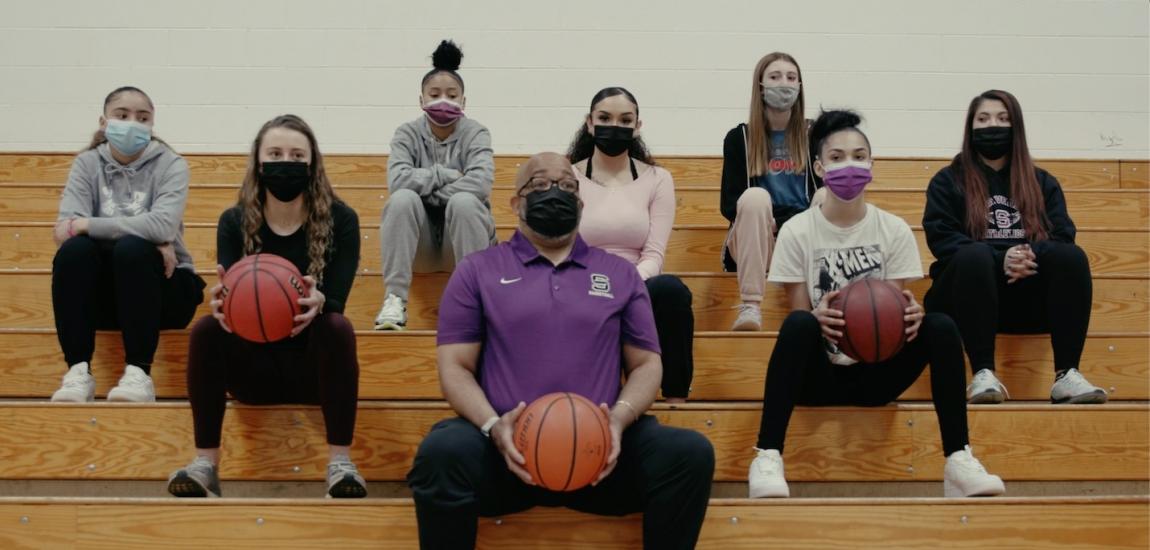For two seasons in the early 80s, Dunbar High in Baltimore went 59-0 and produced 11 Division I college basketball players. Four players, including three first-round picks, made it to the NBA: David Wingate, Reggie Williams, Tyrone (Muggsy) Bogues and the late Reggie Lewis. "Baltimore Boys,” a 30 for 30 documentary about the team, premieres Tuesday August 8 at 8 p.m. ET on ESPN. It will also be shown Sunday August 13 at 3 p.m. ET on ABC. Producer and Baltimore native Bobby Sabelhaus offers some insight into this project:
ThePostGame: Without any spoilers, what was the most surprising thing you learned during the production of the film?
BOBBY SABELHAUS: Tyrone "Muggsy" Bogues was shot when he was 5 years old. A group of kids in East Baltimore threw a rock through a storefront window, and the store owner came out pointing his gun at the crowd of boys. Muggsy was in the wrong place at the wrong time and took bullet fragments in his arm. Because of this experience, from a young age Muggsy understood how precious life is and became relentless in making something of himself. The gunshot wounds shaped his life and career moving forward.

TPG: "O.J.: Made In America" provided context about the city of Los Angeles and its history. How much does "Baltimore Boys" do the same for the city of Baltimore?
SABELHAUS: We wanted to shed light on Baltimore's history and the societal issues that have yet to be addressed, stemming from Martin Luther King Jr.'s assassination and the 1968 riots that broke out in response. Baltimore was deeply affected by the riots -- many of the neighborhoods in Baltimore City never recovered, and we're still seeing the effects of this today with the 2015 riots after the death of Freddie Gray.
TPG: Why does this story resonate with you personally?
SABELHAUS: I'm from Baltimore and grew up hearing about the success of this team, so I felt personally invested from the beginning. Baltimore is proud of its sports history, and the Dunbar Poets are a remarkable part of that history. To be able to tell these players' story is a something I'll never forget.
TPG: What was the toughest challenge of this project?
SABELHAUS: Finding archival game footage from the early '80s was by far our biggest challenge. Very few people were videotaping the games back then. Fortunately, we did find some local television archives at the University of Baltimore featuring the team, so the time we spent searching paid off.
TPG: Do you have a favorite story that didn't make the final cut that you'd like to share?
SABELHAUS: Even though Muggsy lived right across the street from Dunbar, a new school zoning system determined he had to go across town to Southern High School, two long bus rides away. Muggsy petitioned the board, but somehow his transcripts were "lost," or as rumor has it, intentionally misplaced by someone in the administration with a rooting interest against Dunbar.
Resigned to the fact that he wouldn't be able to transfer until the following year, Muggsy focused on his studies so nothing could impede his transfer to Dunbar. But even a year later, forces tried to prevent him from making the move. This is where Coach Wade from Dunbar stepped in and discovered a loophole in the bylaws: Baltimore public high schools allowed students to transfer anywhere in the system to pursue a course of study that wasn't offered at the school they were currently attending.
Dunbar offered courses in dental technology that weren't available anywhere else, so Muggsy made the case that he wanted to become a dental hygienist.
"I wasn't attending Dunbar to learn to clean teeth," said Bogues. "Everyone else knew it, too. That was just the way the system worked."





